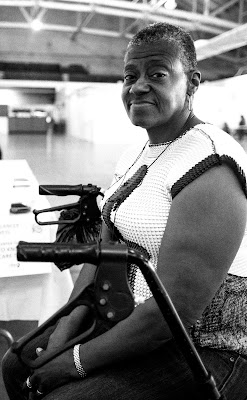Fighting Homelessness One Photo at a Time

The above photos were taken by Steve Latimer, a volunteer photographer for Care for the Homeless (CFH) since December 2016. He first got involved with CFH after answering a request for a photographer on Volunteer Match. Steve says during his first encounter with employees at CFH, he saw “a group of dedicated individuals that are committed to working with people who are experiencing homelessness.” “I could tell CFH employees were trying to make life better for clients,” he said. But volunteering with CFH is not Steve’s first experience with helping individuals who are homeless. In 1966, Steve retired from his position as an officer in the Navy and in 1968, graduated from law school. He worked at a few law firms before starting to use his skills to help people who are experiencing homelessness while working for Bronx Legal Services. Having worked in the South Bronx for several years and in other low-income communities, he became very familiar with the problems that people expe...



